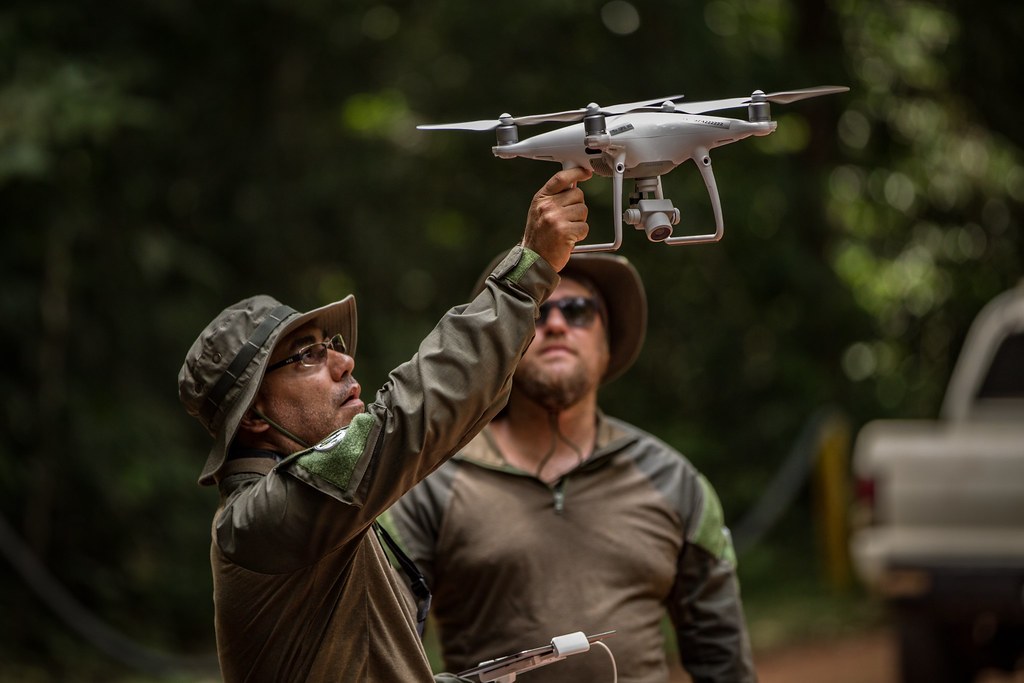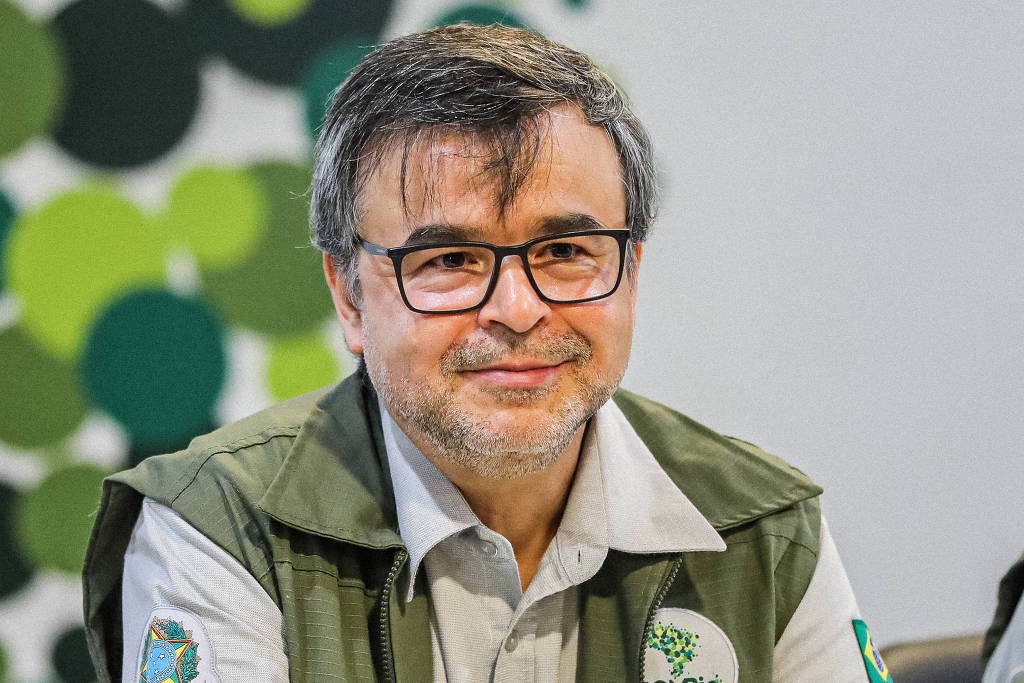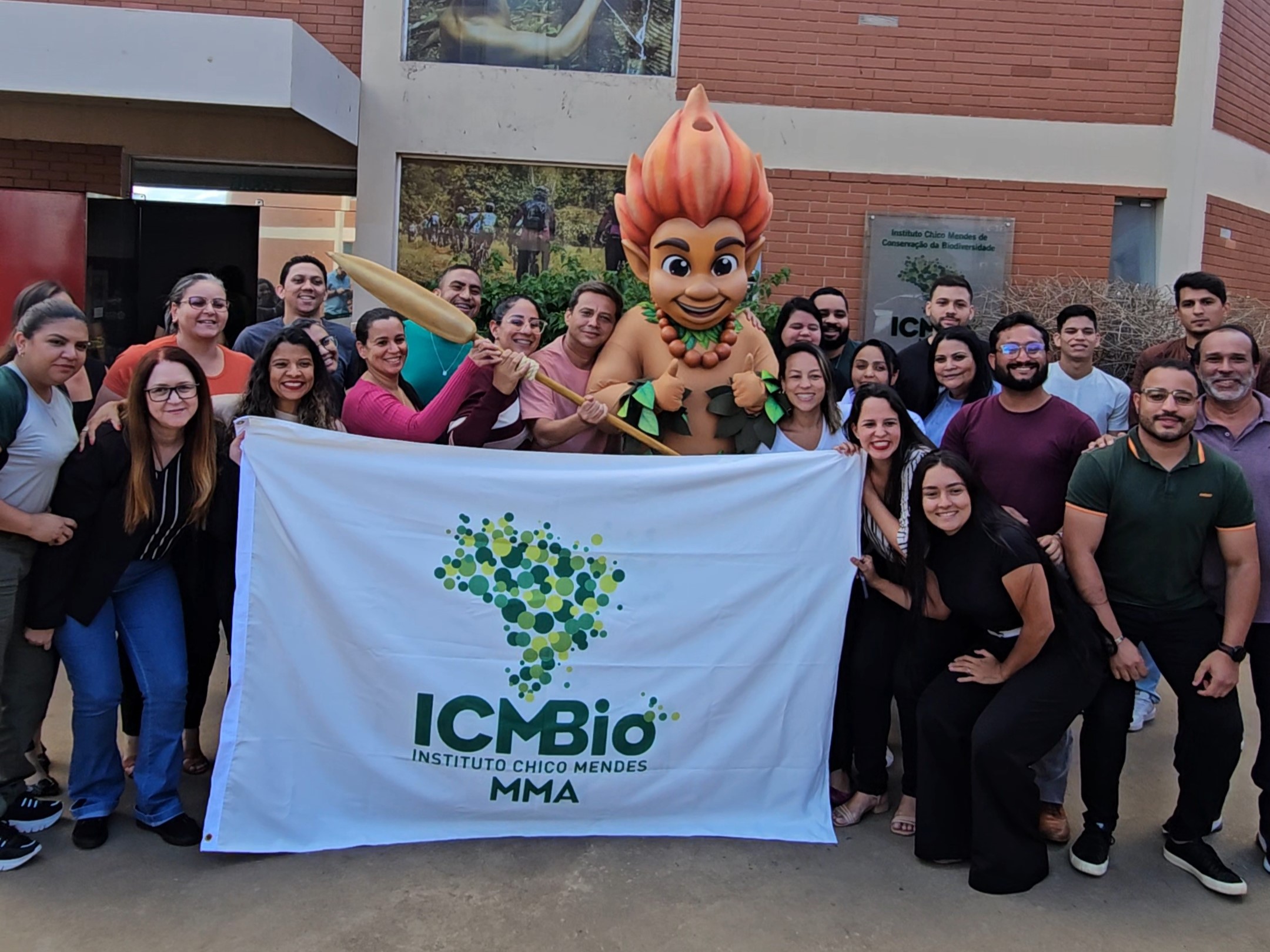Brazil showcases historic progress in environmental protection and deforestation reduction at COP30
Data released this month indicate record results in combating deforestation in federal Conservation Units in 2025. The country brings to the conference its experience in protecting one of the largest systems of conserved areas in the world, managed by ICMBio

By ICMBio
Brazil keeps under federal protection about 10% of its national territory in Conservation Units (CUs)—totaling more than 90 million hectares and representing one of the largest extents of preserved nature on the planet. Management is carried out by the Chico Mendes Institute for Biodiversity Conservation (Instituto Chico Mendes de Conservação da Biodiversidade/ICMBio), an autonomous agency linked to the Ministry of the Environment and Climate Change (Ministério do Meio Ambiente e Mudança do Clima/MMA), created in 2007 to protect biodiversity, monitor illegal activities in protected territories, and conduct research in the area.
Data released this month indicate record results in combating deforestation in federal Conservation Units in 2025. The country brings to the conference its experience in protecting one of the largest systems of conserved areas in the world, managed by ICMBio.— the lowest rate recorded in the biome since the creation of ICMBio in 2007.
ICMBio President Mr. Mauro Oliveira Pires states that forests, biodiversity, and protected areas are essential for ensuring better living conditions, and that showing this to society at COP30 is one of the agency’s main priorities. “The challenge is to leave the conference with a solid agenda, showing that CUs are effective for mitigating and adapting to climate change,” he says.
Caring for nature with the people

In Brazil, part of the CUs are designated for sustainable use, such as federal extractive reserves, which are home to around 70,000 families. This occurs, for example, in areas with rubber trees, native Amazonian trees known mainly for producing latex, the sap that is the raw material of natural rubber extracted by communities living in these regions. “This relationship between nature and communities is a hallmark of our management model,” explains Mauro Pires.
“Something very striking that Chico Mendes said is that, in the beginning, he thought he was fighting to protect the rubber trees and the rubber tappers who depended on them. Later, he saw that he was defending the forest. Finally, he realized that he was actually defending humanity,” says the president of the Institute, citing the Brazilian socio-environmental leader who gives the institute its name.
On November 3, as part of the pre-COP30 agenda, Brazilian President Luiz Inácio Lula da Silva and the ministers of foreign affairs— Mr. Mauro Vieira, environment and climate change—Ms. Marina Silva, and indigenous peoples—Ms. Sonia Guajajara—visited two federal conservation units in western Pará. The officials reaffirmed their commitment to integrating environmental conservation and social development.
ICBMBio at COP30

Of the institute’s 344 CUs, 134 are located in the Amazon biome. “Holding COP in the Amazon is a way to draw the world’s attention to the value of tropical forests,” emphasizes Pires.
ICMBio brings to the event themes such as the leadership of women in conservation and the advancement of international cooperation. The institute will sign two agreements during the conference: one with the Office Français de la Biodiversité on inhabited environmental protection areas, and another with the German state of Baden-Württemberg for technical exchange with the Black Forest National Park. In addition, the agency intends to strengthen partnerships, such as cooperation with Peru, and expand dialogue with international environmental bodies.
This Monday and Tuesday, November 17 and 18, COP30 highlights planetary and community management — focusing on Forests, Oceans, and Biodiversity, with attention to Indigenous Peoples, local and traditional communities, among other topics.
English version: Trad. Bárbara Menezes.
Proofreading by Enrique Villamil.
